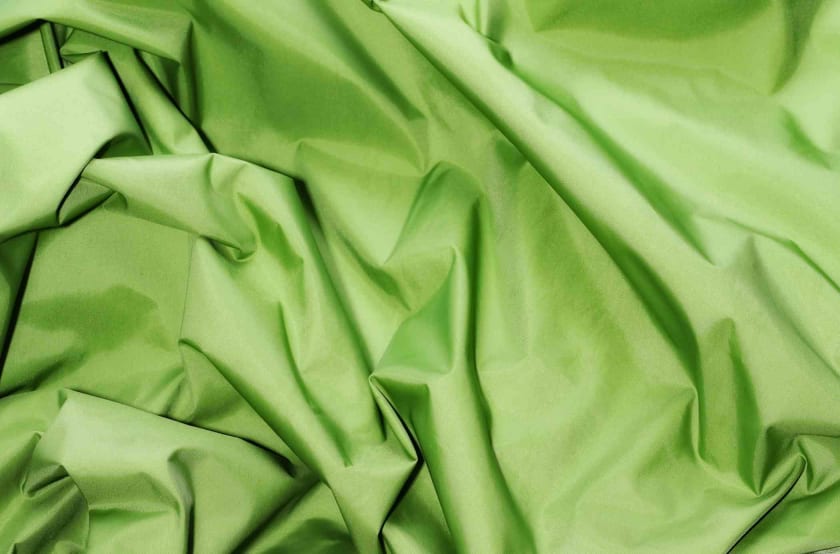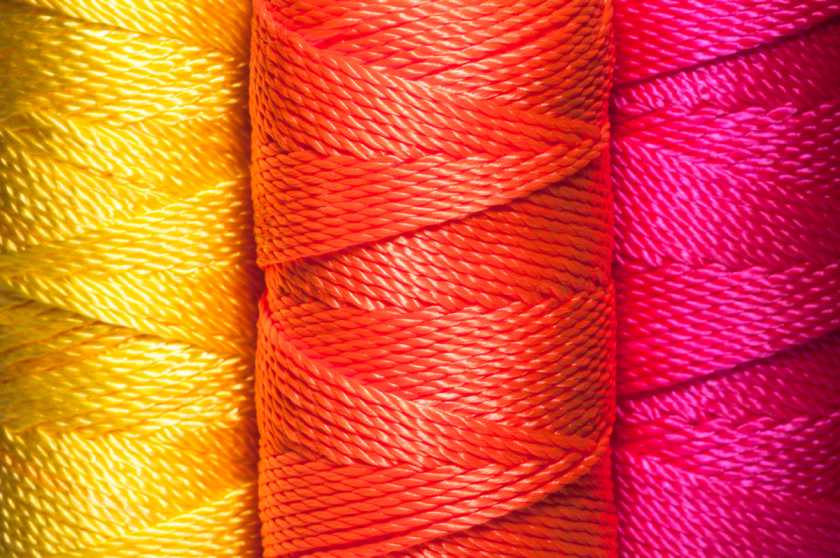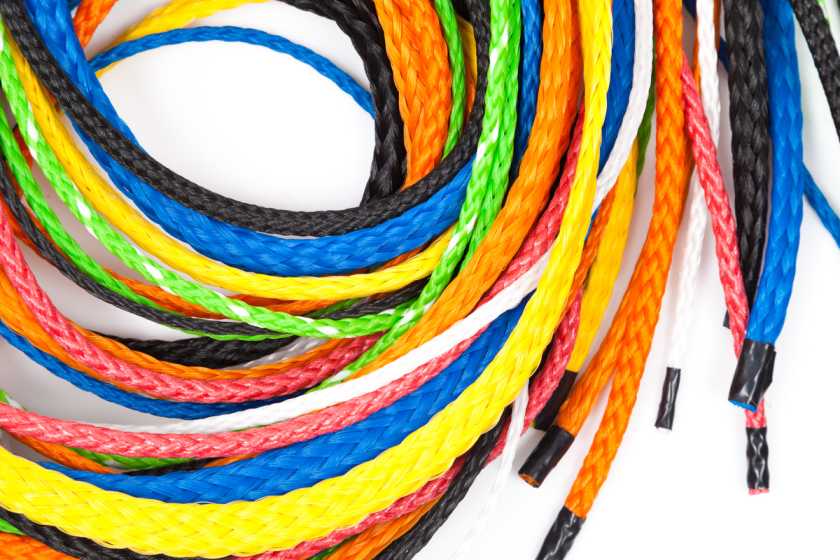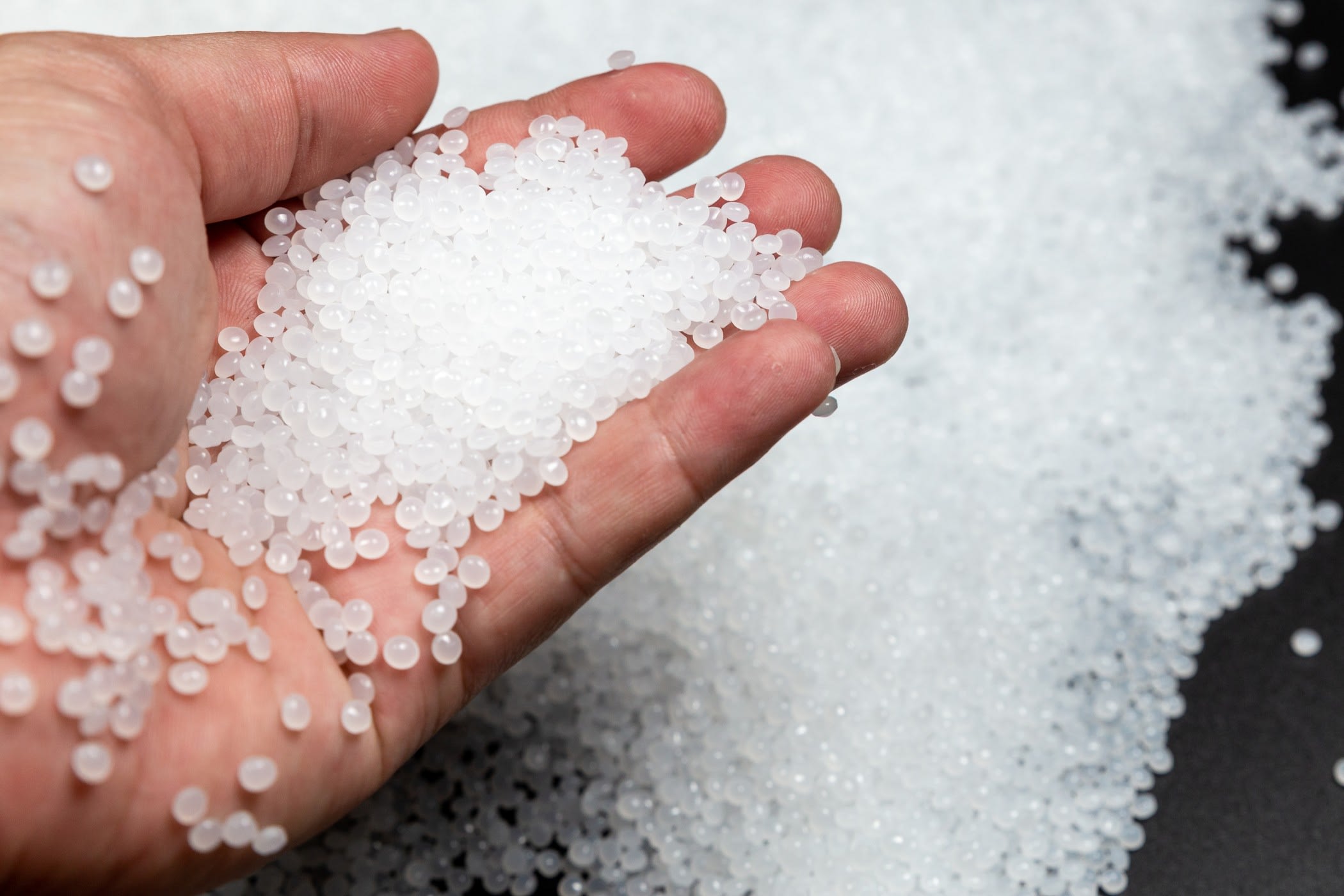8 Things You Must Know About Nylon Fabric



Nylon fibers mixed with other fabrics are extensively used owing to the quality of quick drying. Nylon material is used in active athletic wear and swimwear. Although nylon and its byproducts were an exceptional discovery for humankind, keep reading to get surprised and to know more facts about nylon.
Chemically, nylon is a polymer meaning made up of a long chain of similar units bonded together. It's like a chain string linked in one another. The nylon fiber is a repeating unit of polyamide 6 molecules. These multiple polyamide 6 links form a super strong network of bonds, which makes nylon an easy choice for using as a versatile material. Traditional fabrics are made of cellulose fibers and running through spinnerets, the manufacturing of nylon fiber involves reacting two polymers using extensive heat at around 545 degrees F. When these two molecules are combined, they form a larger molecule. The polyamide formed by the collision of these two molecules contains 6-6 carbon atoms, and hence the name polyamide 6.
Nylon fibers were originally a patent of the United States DuPont corporation but now China is the largest exporter of nylon followed by India, Brazil, and Pakistan. As many nations started to know the benefits of nylon and low manufacturing costs, it is manufactured in many others but in lesser quantities.
Nylon has excellent strength and super stretchability. It has an amazing elasticity which means it can stretch to its greatest limits without losing its shape. Besides all this, what sets nylon apart from its other synthetic counterparts is its ability to soak in acid dyes.
We have summarised the eight most important things to know about nylon:

- Types of nylon fabric: Nylon material is an extremely versatile polymer fabric. The first synthetic fabric made was nylon 6-6. It is a fully synthetic fiber. The next is the nylon 6, which is used to make and add to other fabrics. Nylon 46 is used in engine transmissions, brakes, and cooling systems. The nylon 510 was originally developed by DuPont. It is primarily used in industrial applications. The last one is the nylon 1,6 made by mixing adiponitrile, formaldehyde which is not used for fabrics.
- Stretch and elasticity: Every stretchable material has an elasticity quotient. Once the material is stretched to its maximum, it often comes to its breakpoint and tears. Nylon material has the maximum yield a fabric can offer. It can be stretched almost thrice the actual length of the fabric. This makes it an excellent choice for athletic comfort wear.
- Heat and water resistance: Nylon has an extremely tight weave of yarn. These threads do not allow water to pass. A special coating of the polyurethane from the inside acts as water-resistant. It is a hygroscopic material and dries quickly. But if kept in water for a longer time, it starts to disintegrate and wither.
- Melting point: Nylon fiber is a synthetic material, and synthetic materials are made from petroleum/carbon compounds. As petroleum and its products catch fire easily, so does nylon. Nylon not only catches fire instantly it also melts leaving a charred residue. So it's better to keep nylon clothing away from fire.
- lustrous: Nylon fibers added or mixed with cotton fibers add a shine to the fabric. Shirts and skirts made out of nylon mixed fabric have a luster. It also adds to the flow of the fabric.
Nylon fabric worked upon its popularity from the times when cotton and silk were in high demand and could be afforded only by the rich. Nylon mixed cotton fabric because of the luster caught much attention of the public. The idea of quick-drying and well-fitted clothes introduced nylon fabric into women's stockings and lingerie.
Nylon is a part of the fashion industry by its use in thin stretchable stockings, well-fitted body con dresses, under vests, and much more. It is incorporated in fabrics for its enhanced elasticity and lightness.
These days nylon is still a mixed fabric. Nylon fabric is a blend of changing proportions with cotton, silk, raw silk, polyester, wool fibers, and much more. which makes it a popular choice for drapery, flowy gowns, women's lingerie, swimwear, athletic wear and so much more.

To round it up...
Nylon is processed from polyamide 6, which is a carbon polymer. Its environmental impact still concerns many. The amount of waste material generated during the production of nylon is a great deal. A large quantity of water is utilized to cool the nylon fibers that are added into the biosphere causing environmental hazards.



















